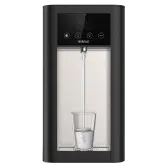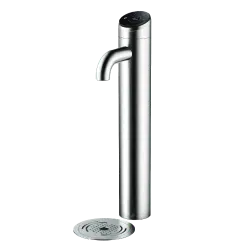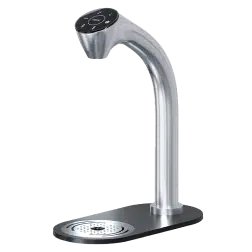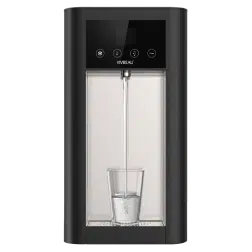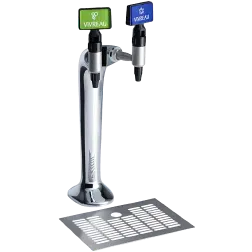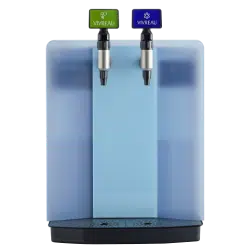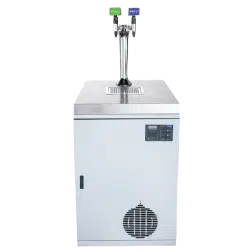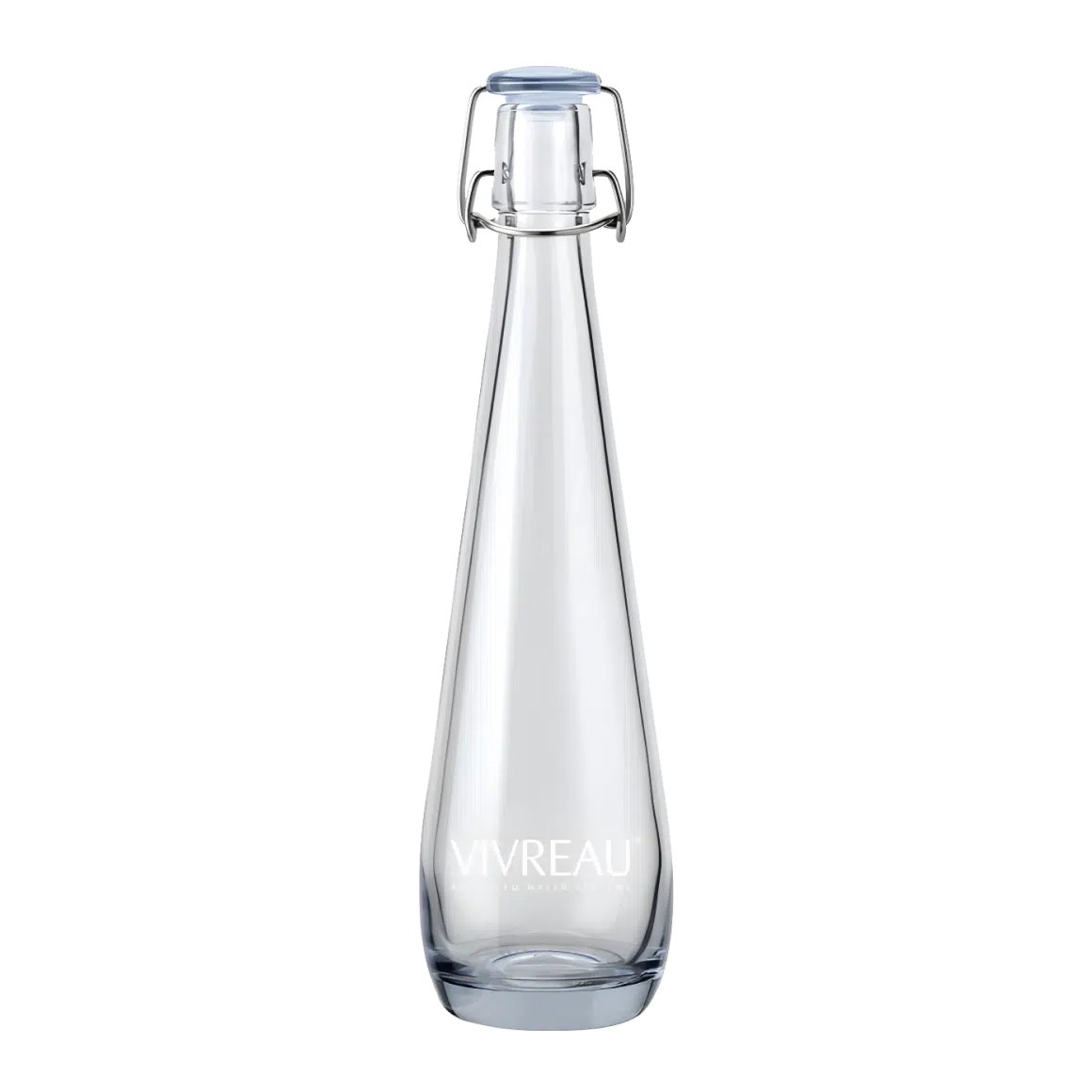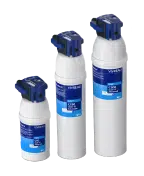ALL YOU NEED TO KNOW ABOUT
CLIMATE CHANGE EFFECTS ON COFFEE
IN 2024
As global temperatures rise and weather patterns shift, our beloved cup of coffee is undergoing a profound transformation.
One of the main concerns is the rising gap between supply and demand:
Demand:
- Coffee is one of the most consumed beverages worldwide. In 2023 the global consumption of coffee reached nearly 177 million 60-kilogram bags
- Gen Z is starting their coffee consumption at an average age of 15 compared to the Millennial generation starting between their 18th and 20th birthdays.
- Evolving coffee trends such as hot specialty coffee, cold brew, iced coffee, frozen blended coffees or ready-to drink coffees provide a wider range of preferences, offering diverse coffee experiences to suit individual tastes.
- Influencers and viral trends on social platforms are revolutionizing the coffee industry with their innovative caffeine-infused drinks such as “Dirty Chai Latte,” Ashwagandha Coffee, and the “Emma Chamberlain Coffee”.
Supply:
- Approximately 50% of the global land currently dedicated to the cultivation of premium coffee may become unproductive by the year 2050.
- Central America is the climate change hotspot of vulnerability and risk with increased occurrence of droughts & hurricanes which impacts the Arabica coffee, the most widely consumed coffee type in the world making up 60% of the world’s coffee production.
- More than 90% of Nicaragua’s coffee-growing regions are anticipated to face less favorable conditions for coffee-production.
Not only is the shrinking supply of coffee being impacted by climate change, but also the quality of the coffee beans.
Nowadays the most widely consumed type of coffee in the word is the Arabica coffee from the Coffea Arabica plant originated in Ethiopia, followed by the Robusta coffee made of the Coffea canephore plant and originated in central and western sub-Saharan Africa. Coffee beans are the seeds of the flowering coffee plant.
The Coffee plant blooms in the spring and bears a fruit, the so called “cherries” and each fruit contains two seeds which is widely known as the coffee bean. Cultivating coffee plants are sensitive to variations of temperature and there is no general optimal growing condition for all coffee plants.
The Arabica coffee plant for instance requires a temperature between 14° and 26°. After harvesting, the unripe green beans are soaked for two days to loosen the outer layer of the rather sticky pulp and then the roasting process begins.
But how is a high-quality coffee characterized in the specialty coffee industry?
A “balanced” cup, defined by specific levels of acidity, body, flavor, and aftertaste attributes.
To find that sweet spot of sourness, bitterness, and sweetness, you not only need the coffee bean but also
master the science of coffee-making while using the appropriate equipment.
And how is climate change affecting coffee quality?
In general, changes in light exposure, altitude, water stress, temperature, carbon dioxide, and nutrient management can have an impact on the final coffee quality. A recent study revealed that a lower altitude is associated with a decreased sensory attribute of coffee and high light exposure is associated with decreased sensory attributes of coffee. Although there is still a gap when it comes to long-term studies, capturing the impact of environmental exposure on coffee quality, several aspects are certain: Rising temperatures are projected to reduce coffee yields, especially in low altitude regions and coffee-producing regions are already experiencing climate conditions outside optimal ranges with heat waves and droughts.
So, coffee lovers, listen up – Here’s your guide to start making a positive impact in 2024:
To save our number one favorite beverage on the world, we need to rethink the way we consciously or unconsciously contribute to CO2 emissions, climate change and temperature rises.
Effective ways to do so:
- Ditch plastic bottles and start using filtered water solutions
- Increase the lifetime of your machines, equipment, and products with proper maintenance and reusable solutions
By using our Vivreau filters, you can have best of both: 1) You start ditching plastic bottles and 2) You reduce the hardness of your water down to a level where scale can’t form and therefore protect your equipment.
